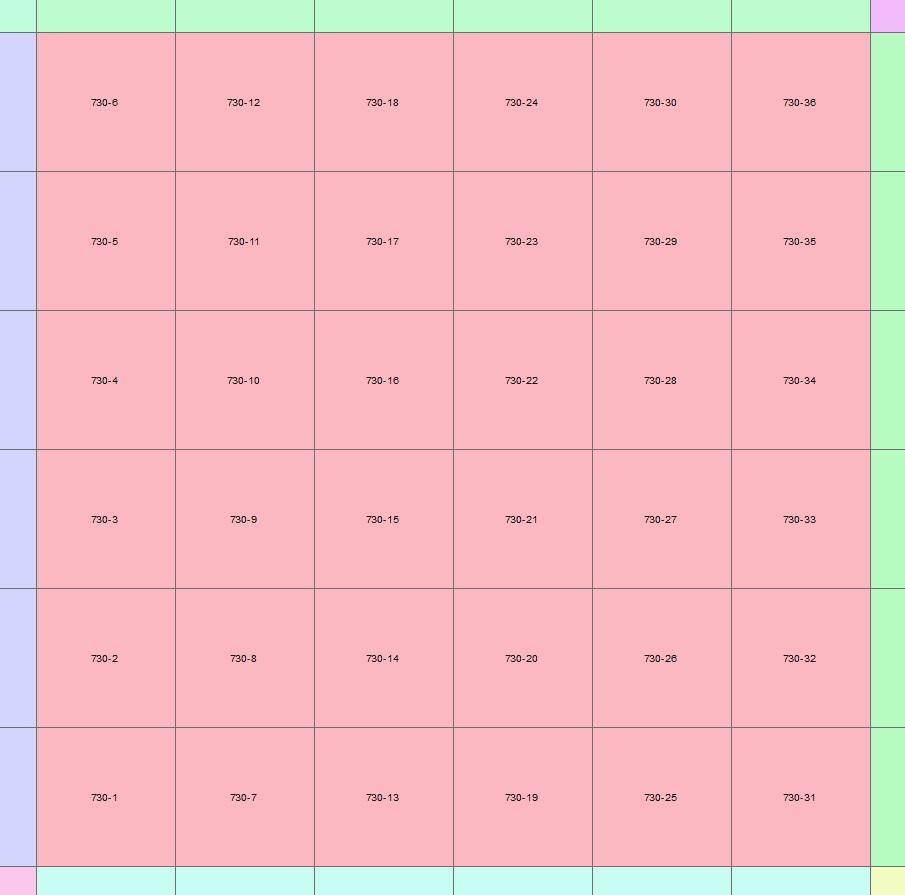I have come across a very specific problem and I'm sure there must be a way to get around it with Python in ArcGIS, but can't figure it out on my own.
The situation is as follows:
- The initial data consisted of a Fishnet set of equal sized 150x150m polygons stack side-by-side and covering a total area of 10.2x6.9km (that is 68x46 rectangular polygons = 3128 total polygons). Each polygon received a unique ID (labelled TID) based on a quasi-random pattern.
- The next step required the creation of a Fishnet of equally sized 25x25m polygons for the given area, which resulted to the production of a fishnet of 408x276 polygons. Using the Spatial Join command, the TID was transferred to the new smaller rectangular polygons and the resulting table has 112608 rows.
- In the resulting table, there is a column titled TID, which is of type Long and carries the numbers from the underlying layer. More specifically the numbers run from 1 to 3128, and as each polygon was dissected to smaller ones there are now 36 rows associated with each number (therefore 3128*36= 112608 rows).
- In the same table, there is also a column titled GID and is of type Text, as it is meant to carry the ID of each specific polygon, ideally using some form of concatenation per the following formula: TID + "-" + Sequential numbering of the specific rectangle. This column is currently empty.
What I want to do is the following (the result was created manually editing properties):
 For this to work it needs the following:
For this to work it needs the following:
- Assign sequential number based on specific pattern (South to North for each column) for each TID.
- Concatenate the TID with the sequential number.
Is this possible with Python and, if so, would it be possible for someone to guide me through?
Currently, I'm a novice learner of Python, hence most concepts are beyond my grasp.


